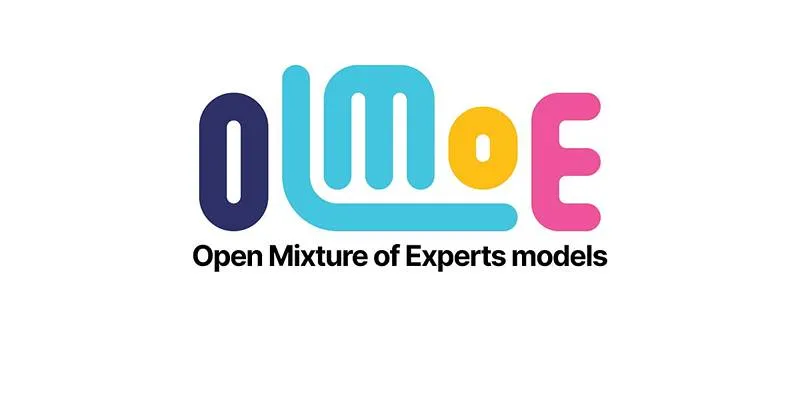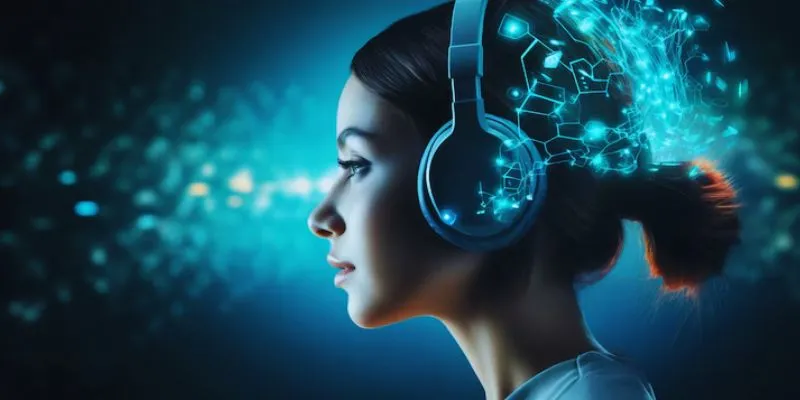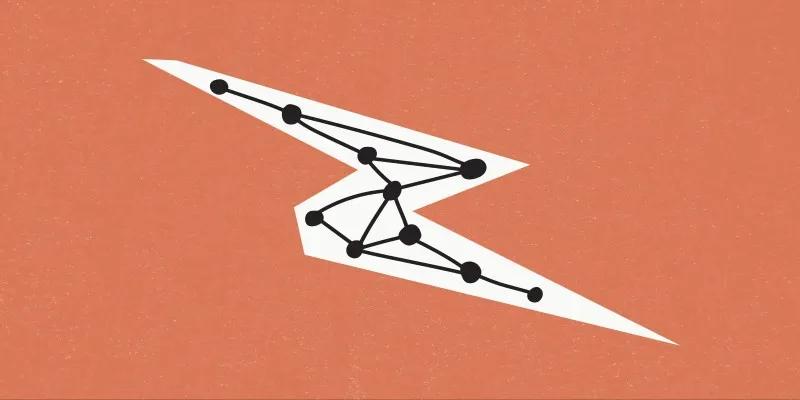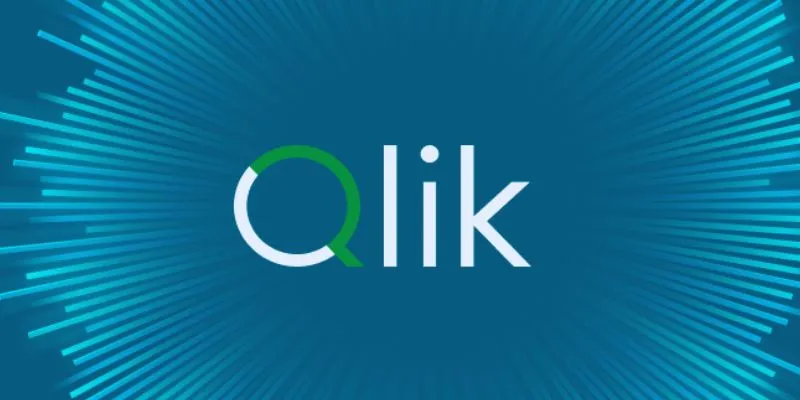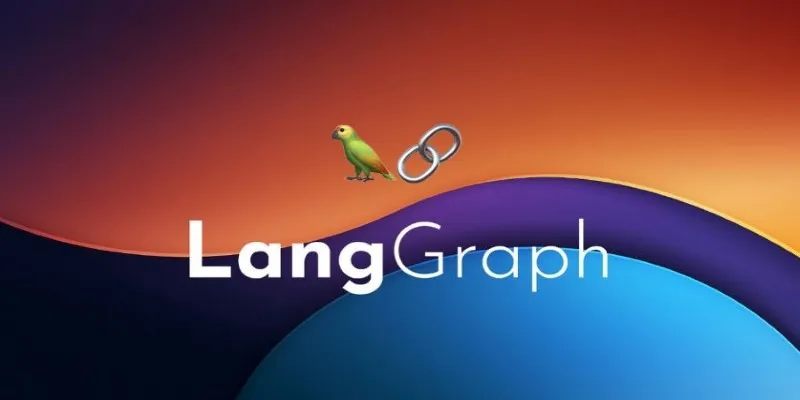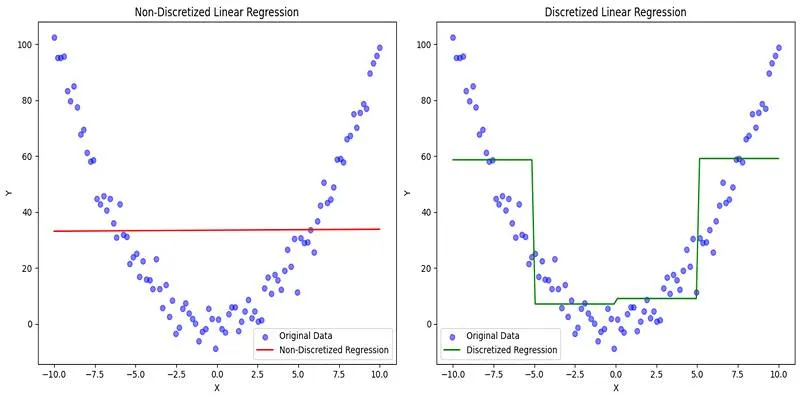Generative Adversarial Networks (GANs) have revolutionized media creation in recent years. These powerful artificial intelligence systems can generate lifelike images, videos, and voices. While this innovation opens new creative avenues, it also raises significant concerns about media authenticity and trust. GAN technology can easily blur the line between reality and fiction, from synthetic news reports to deepfake videos.
Media consumers often struggle to distinguish genuine content from fake works. This shift impacts entertainment, social media, news, and even politics. In this article, we explore the role of GANs in digital media authenticity and discuss how these technologies are transforming content reliability and trust in our rapidly evolving digital landscape.

Understanding GANs: The Technology Shaping Modern Media
Generative Adversarial Networks, or GANs, are a type of artificial intelligence that operates through two competing neural networks. One network generates media, while the other evaluates the realism of that media. Over time, this competition enhances quality, resulting in strikingly realistic photos, videos, and sounds. GANs learn patterns from large datasets, including facial features, voice tones, and visual elements, allowing them to produce content closely resembling real media. Today, GANs have a significant impact across multiple industries.
In film, they create synthetic actors and enhance visual effects. In advertising, they craft highly personalized campaigns. Even journalism faces challenges as fake news becomes nearly indistinguishable. While the technology fosters creativity, its capacity to produce convincing fake media raises moral and legal questions. When AI can replicate reality so convincingly, media authenticity becomes complicated. Therefore, understanding GANs is crucial for media consumers.

The Rise of Deepfakes: A Direct Outcome of GAN Technology
One of the most discussed effects of generative AI is the creation of deepfakes. These highly realistic videos feature altered faces, voices, or actions of individuals. GANs drive this process by learning facial movements, speech patterns, and expressions. Deepfakes can obscure reality in harmful ways, being used to create fake news footage, misleading interviews, and counterfeit political speeches. Social media platforms often struggle to detect these fabricated videos before they go viral, increasing the dangers of misinformation.
The targets of deepfakes range from celebrities to politicians, but ordinary people also face risks of identity theft through fake media. As technology advances, deepfakes become harder to detect with traditional methods. GAN- driven deepfakes erode public trust in online content, leading viewers to question even genuine media. This uncertainty undermines the credibility of journalists, organizations, and digital platforms that rely on trustworthy communication.
GANs and the Erosion of Trust in News Media
The credibility of traditional news sources hinges on public trust. However, GAN-generated media challenges this essential trust. Fake news created with GAN technology appears convincing enough to mislead even highly skilled professionals. Often, sensational false stories spread more rapidly on social media than authentic ones. GAN-generated fake content can include altered evidence, fabricated eyewitness footage, and even invented interviews, making fact-checking difficult.
As false narratives proliferate, public skepticism grows. People start questioning credible news, believing that all content could be falsified or manipulated. This environment is fertile ground for conspiracy theories and propaganda. Continuous exposure to GAN-generated fakes reduces confidence in news sources and digital platforms. Media organizations struggle to retain credibility even with verification technologies, as persuasive false information spreads quickly. Rebuilding public trust in real-time media requires transparent reporting standards and advanced detection techniques.
Ethical Concerns and Legal Challenges Posed by GANs
The ability to produce highly realistic fake content raises ethical concerns for society. Issues of consent, privacy, and misinformation are directly tied to media authenticity and GAN technology. When a person’s likeness is used without permission, their rights are violated. GANs have been used to create harmful content, such as false confessions and revenge pornography, causing significant emotional distress to victims. Current legislation struggles to keep pace with rapidly evolving AI capabilities.
Legally, prosecuting cases involving synthetic media is complicated. Identifying creators, proving intent, and tracing content origins are challenging tasks. Many countries still lack specific laws regulating synthetic content and deepfakes. Policymakers need to establish robust legal frameworks as GAN technology evolves. These systems should protect individuals from identity misuse while holding creators accountable for harmful content. Without proper legal safeguards, media authenticity will decline, leading to ethical breaches and mistrust in the digital realm.
Balancing Innovation and Responsibility: The Future of GANs
Despite its risks, GAN technology offers beneficial applications. GANs can generate synthetic medical data for healthcare research without exposing patient information. In the creative industries, they allow artists to explore new visual styles. Researchers are developing AI detection methods to maintain the role of GANs in digital media authenticity. These algorithms detect synthetic content by searching for visual artifacts, inconsistencies, and metadata. However, as GANs improve, detection systems must also evolve rapidly.
Collaboration among media organizations, governments, and technology companies is essential. They must establish ethical guidelines governing GAN use in public media. Transparency is crucial; platforms should label synthetic content and provide context to viewers. The future of GANs depends on achieving the right balance between accountability and creativity. By embracing positive applications while minimizing malicious exploitation, GANs can enhance media rather than undermine it.
Conclusion
The impact of GANs on media authenticity is profound and evolving. These AI algorithms challenge public confidence in digital content by blurring the lines between truth and fiction. From deepfakes to synthetic journalism, GANs shape the online perception of reality. While GAN technology brings innovation, its misuse endangers media integrity. To maintain trust, society must develop effective detection systems, enforce stringent regulations, and educate audiences about synthetic content. By promoting ethical AI usage and transparent media practices, we can embrace the benefits of GANs, preserving authenticity and trust in the digital age without compromising integrity.
 zfn9
zfn9



